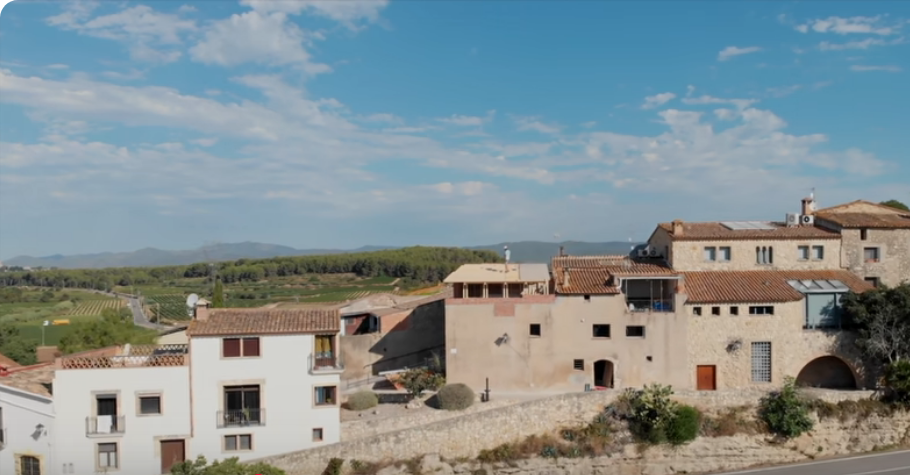Choosing the Right Alternative Building Material
This article reviews several common alternative building materials, evaluating their strengths and weaknesses. Cross Laminated Timber (CLT) is a panel system where each panel consists of multiple timber boards glued together in a perpendicular pattern. The result is a structural product that doesn’t bend and is very strong, rather like plywood. The panels are large, … Read more






